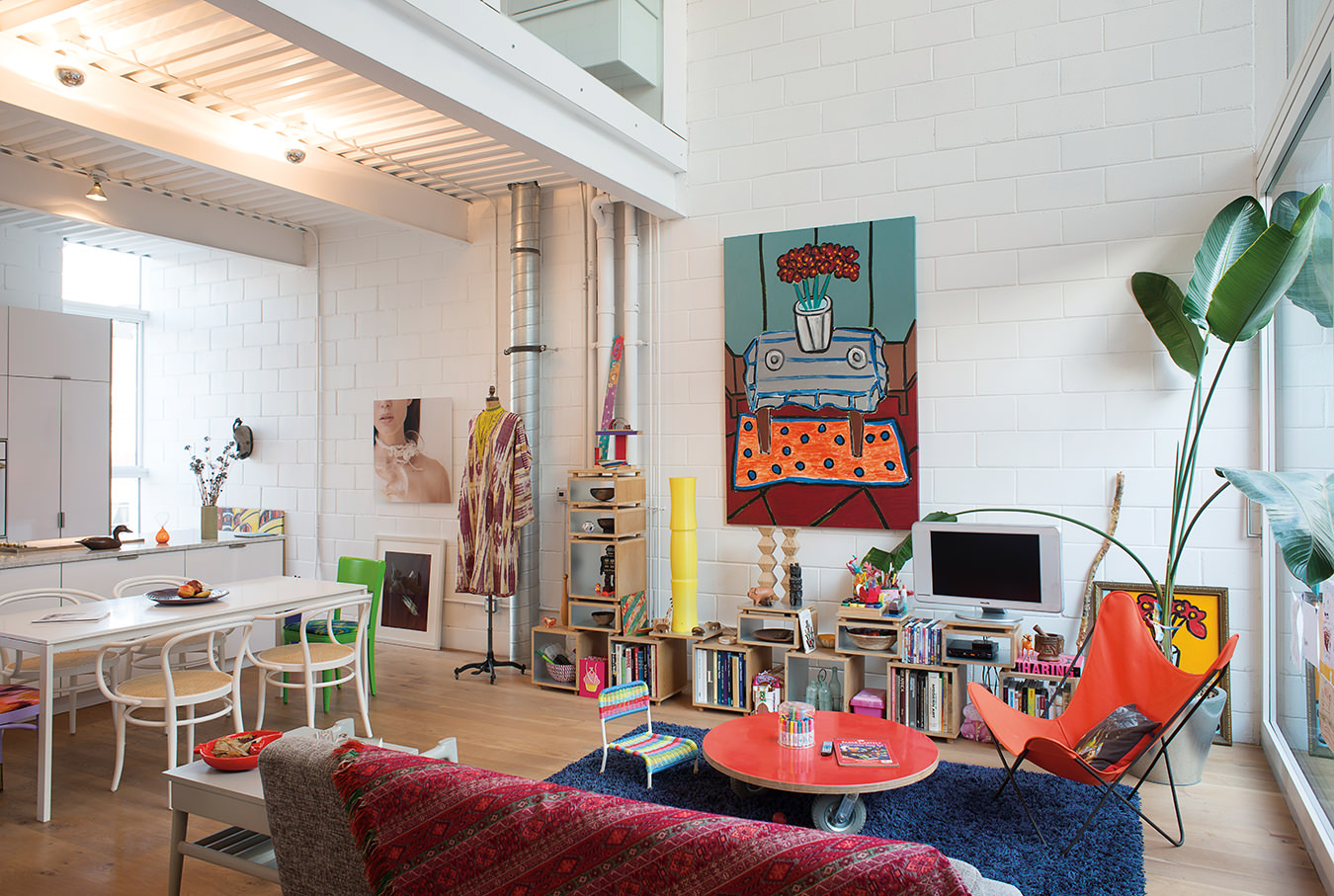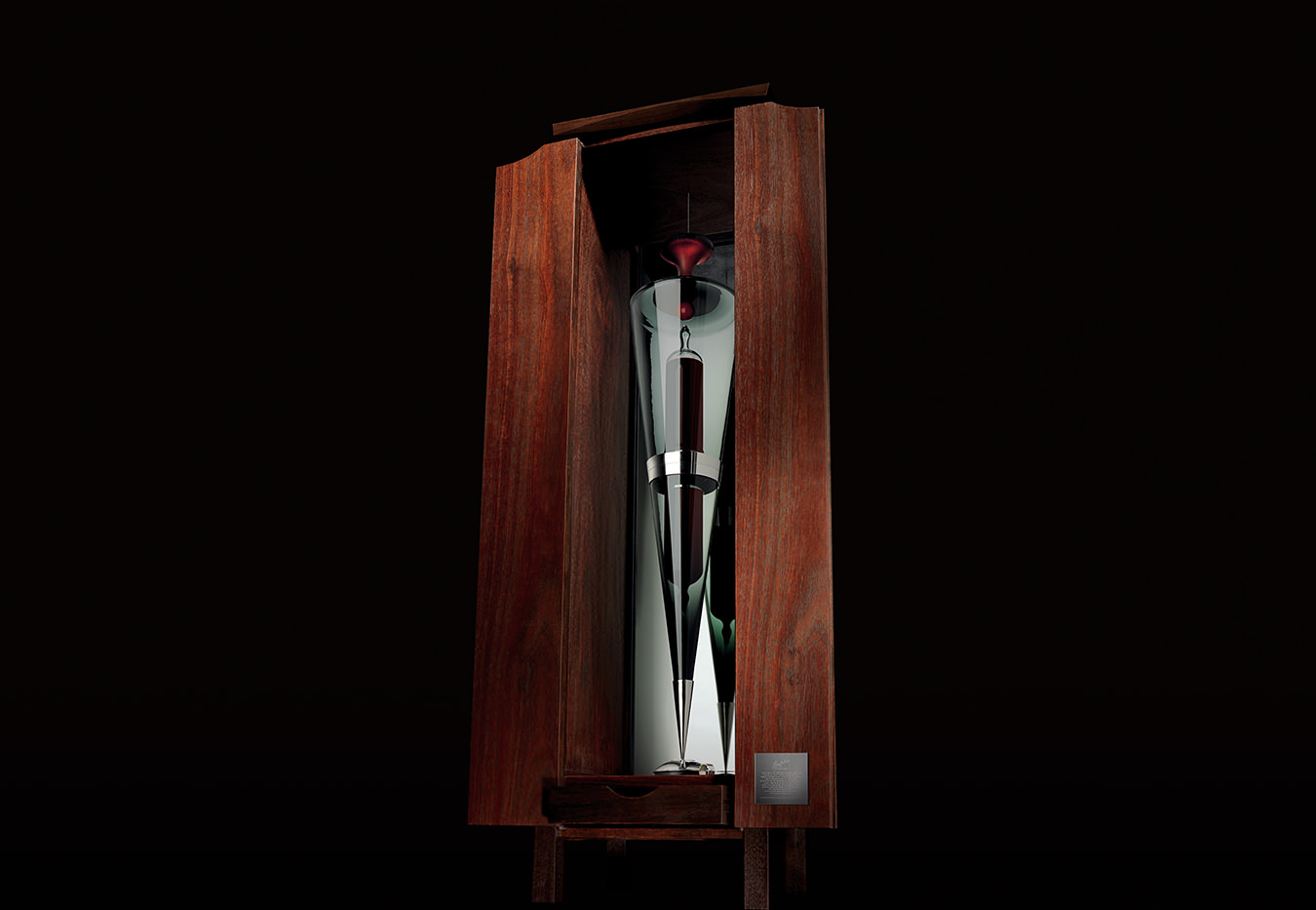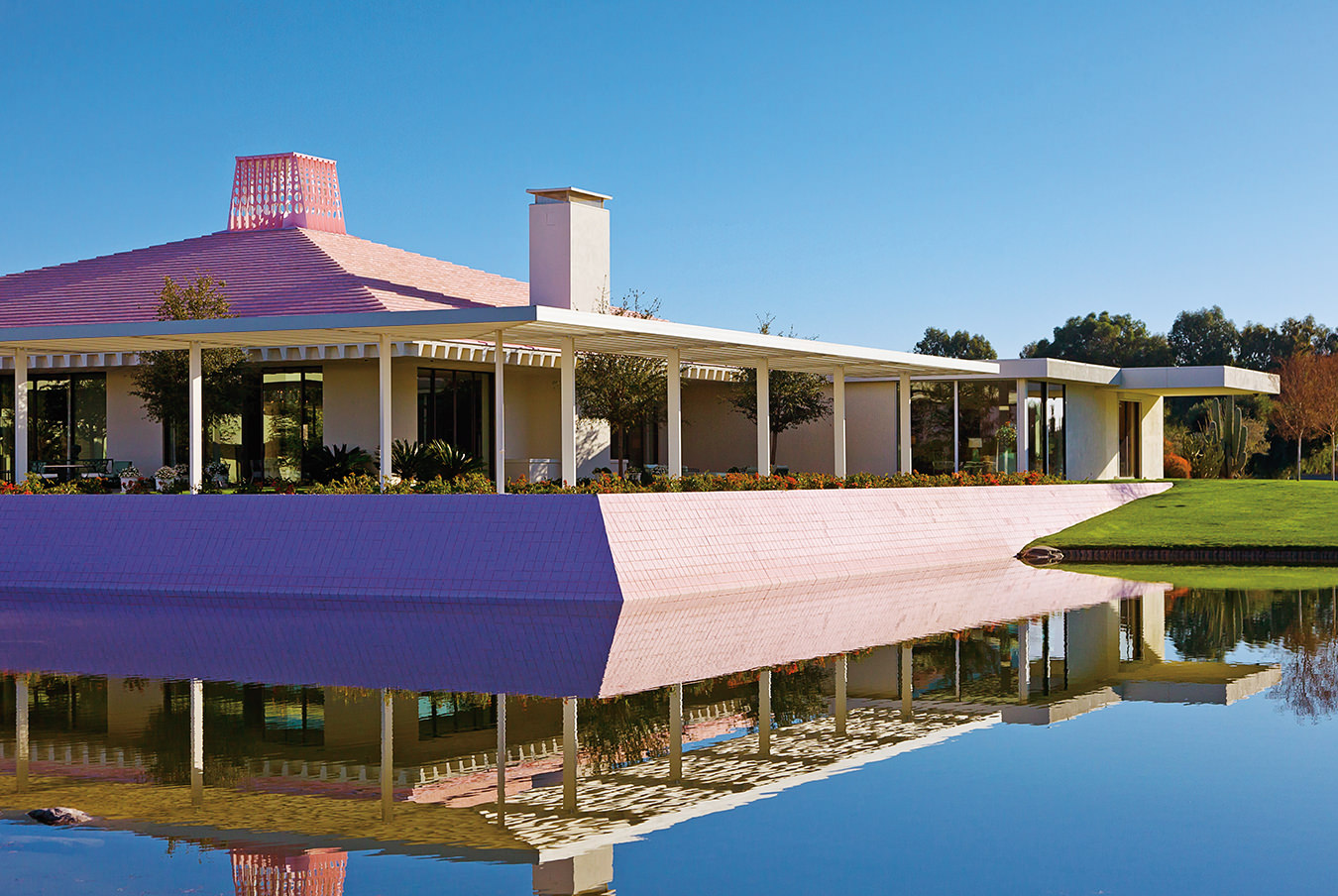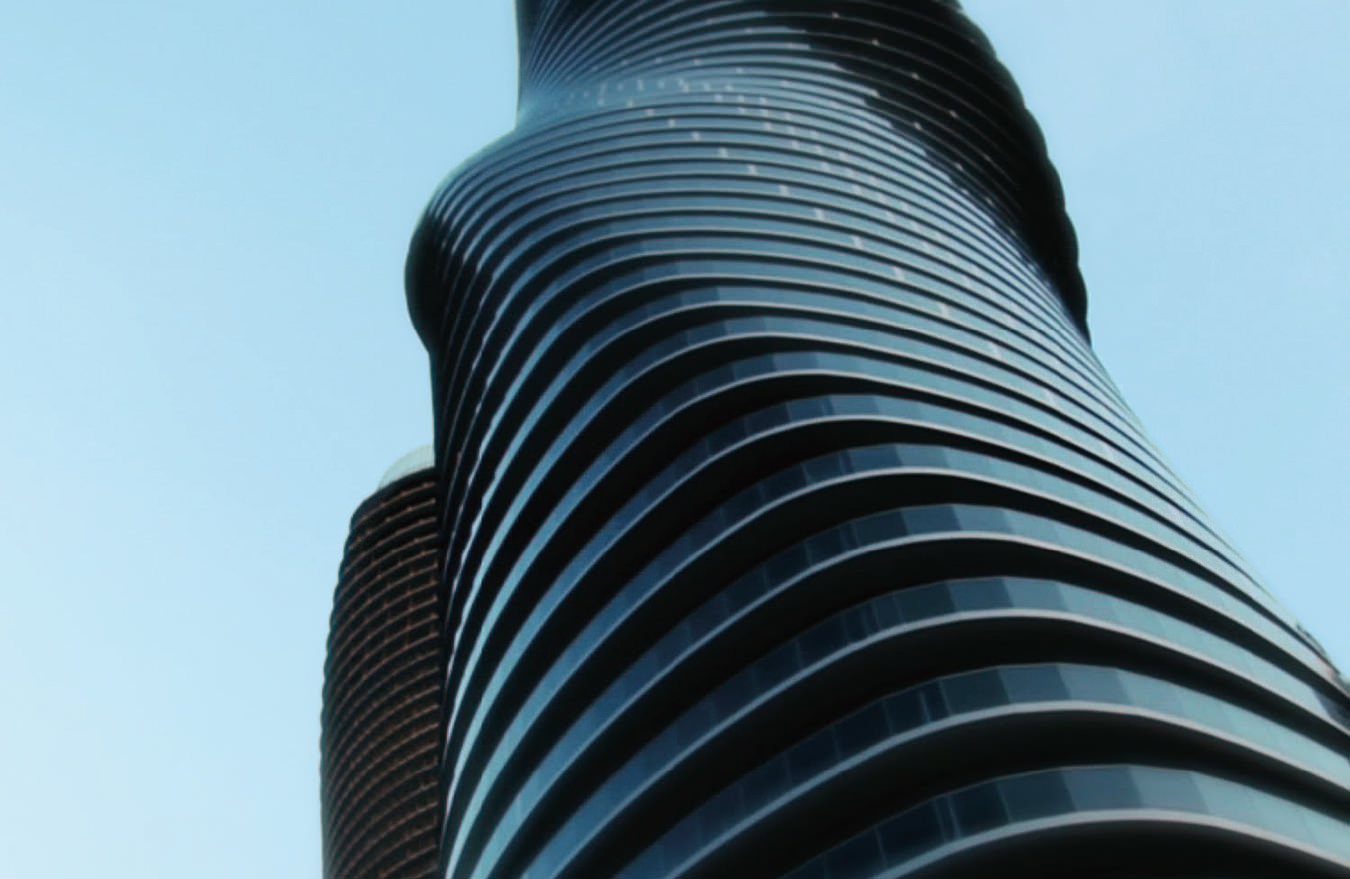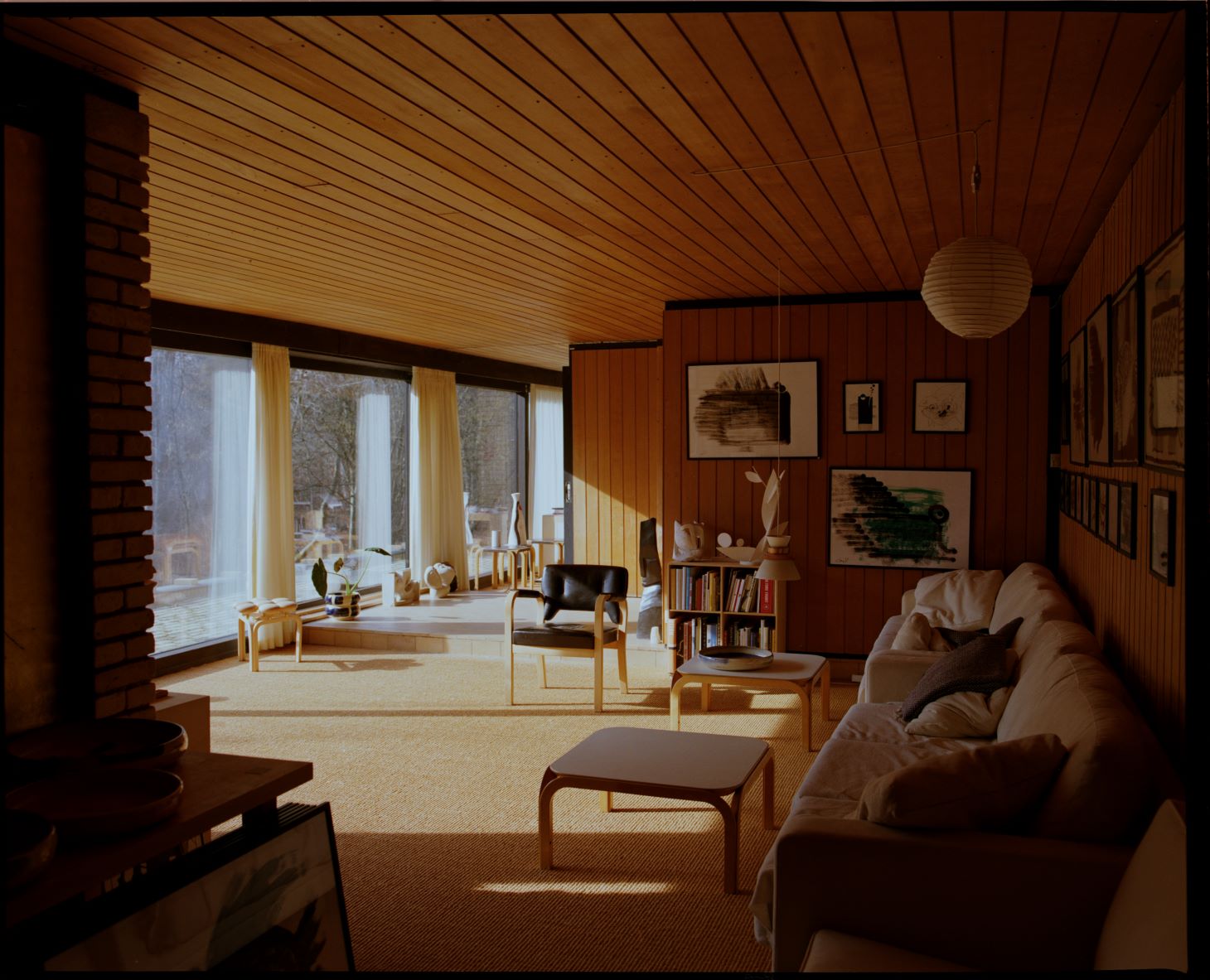
This Midcentury Danish Home Was Designed by the Architect of the Sydney Opera House
Architect Jan Utzon revitalizes his family home in Denmark, designed and built by his father, Jørn Utzon.
When Pritzker Prize-winning Danish architect Jørn Utzon won the competition to design the Sydney Opera House, his son Jan was only 12 years old. For the next six years, Jan watched his father develop the now iconic building from their hometown of Hellebæk, near Helsingør, in Denmark, often from their house. Here, in the home that Jørn himself designed, Jan began his education in architecture.
“I was six years old when my parents started building it,” recalls Jan, who recently completed a restoration project on the home. Revolutionary for its time, the single-storey brick house was completed in 1952 and had an open-plan layout, a flat aluminum roof, and a floor-to-ceiling glass wall. The design “was very surprising for a lot of people,” Jan says. “A lot of architects came here to look at the house, and my father, who was in his early 30s, was immediately recognized.”
Jørn also created unconventional designs for furniture, including his Utzon Stool, which was recently put into production for the first time by Fritz Hansen based on the architect’s 1950s prototype. Much like his design for the Sydney Opera House, the stool is striking for its sculptural form and inspirations drawn from nature.
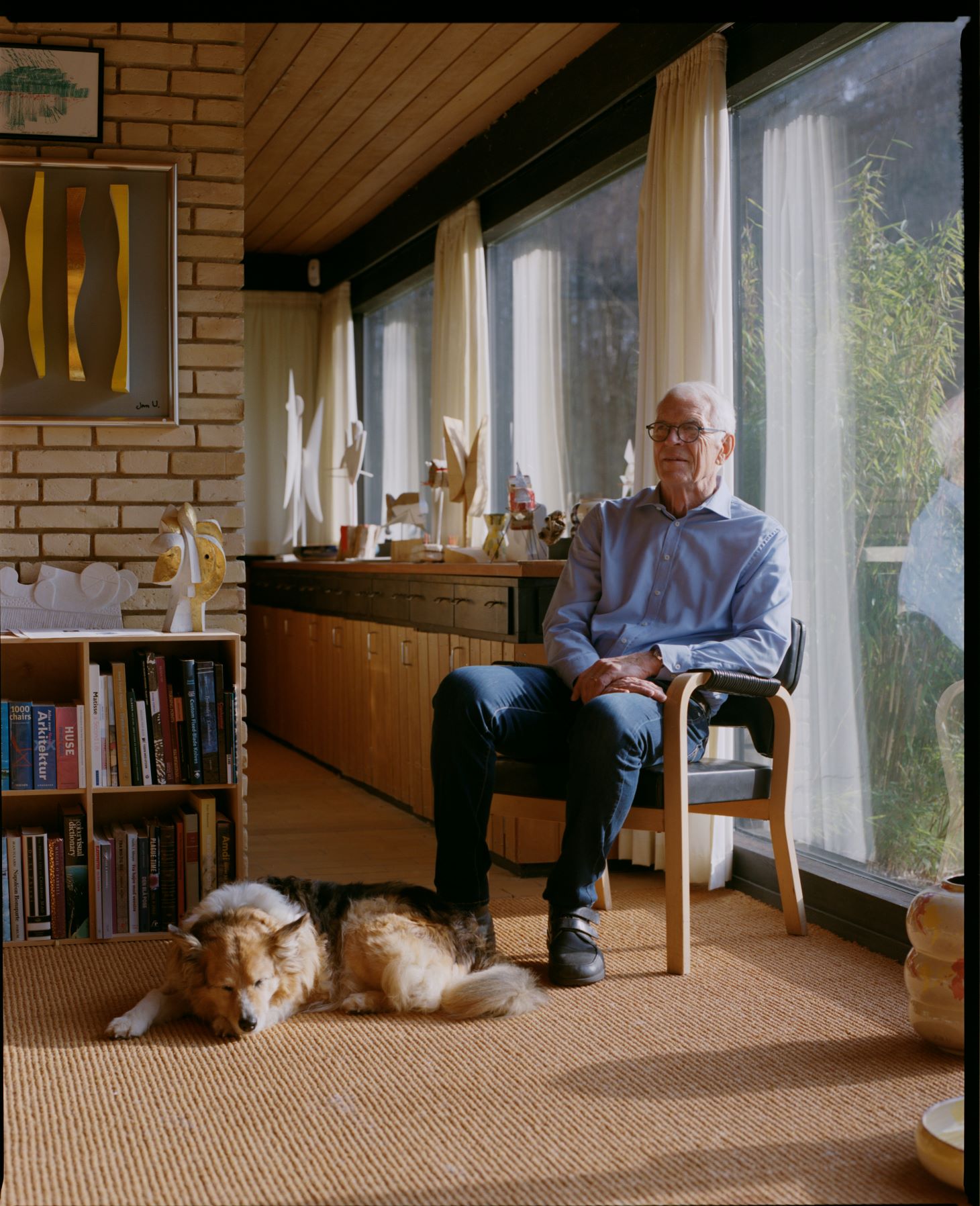
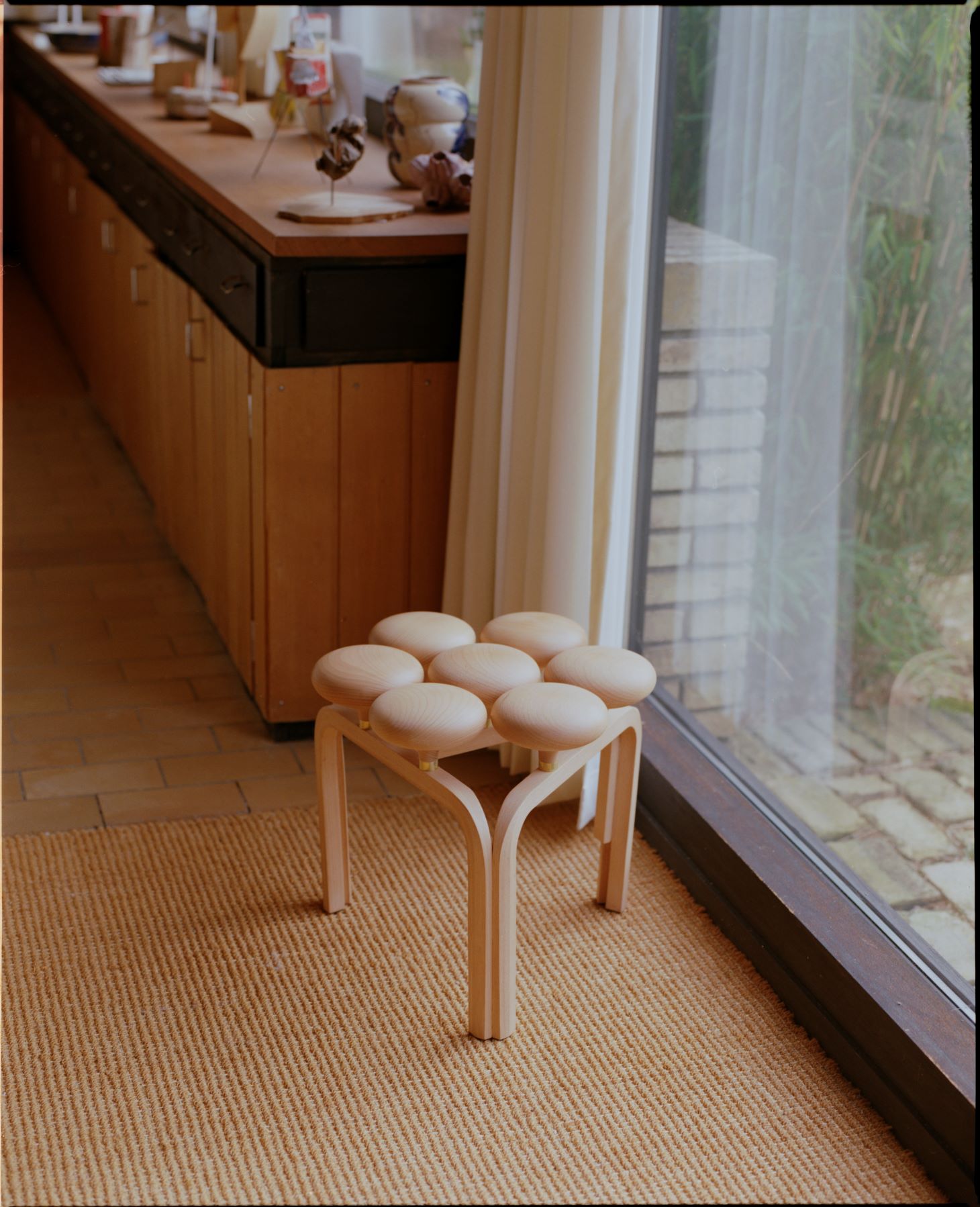
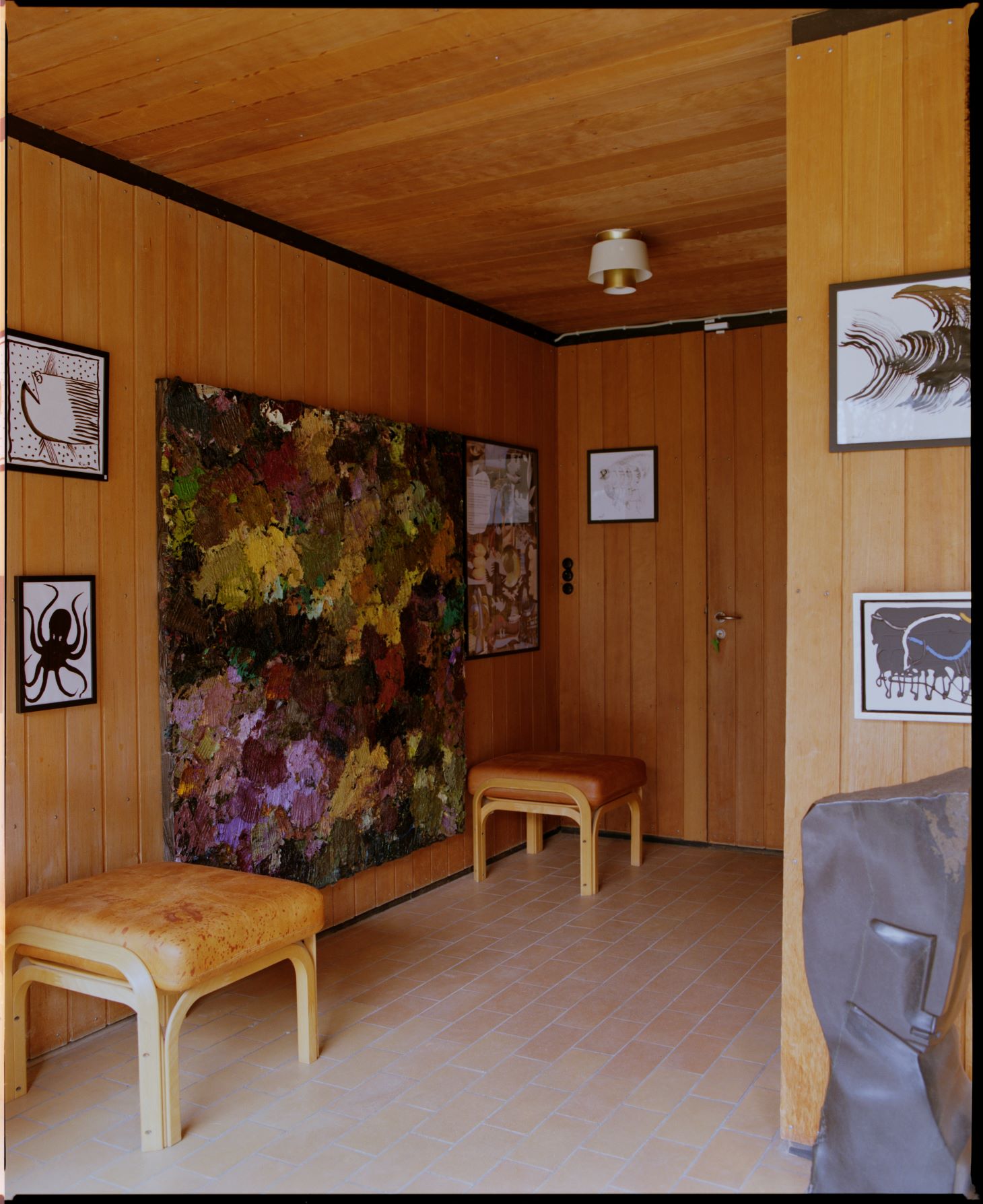
A decade after the house was built, Jørn moved his family to Sydney as he began construction on the opera house. Like his family home, Jørn’s design for the opera house was shocking to some. He envisioned an expressionist structure of large, precast concrete “shells” serving as a series of interlocking roofs. “The shells that we see and recognize today are a sort of raincoat over the acoustical venues inside,” Jan explains. “He likened it a bit to a walnut where you have one surface outside and another inside.”
It was in Sydney that Jan began his architectural studies, only to be interrupted in 1966 when Jørn resigned from the opera house project and brought his family back to Denmark. Jan then completed his studies at the Royal Danish Academy of Fine Arts and went on to work with his father on several major architectural projects around the world. Today, Jan is an architect in his own right, known for his work that often continues ideas begun by his father.
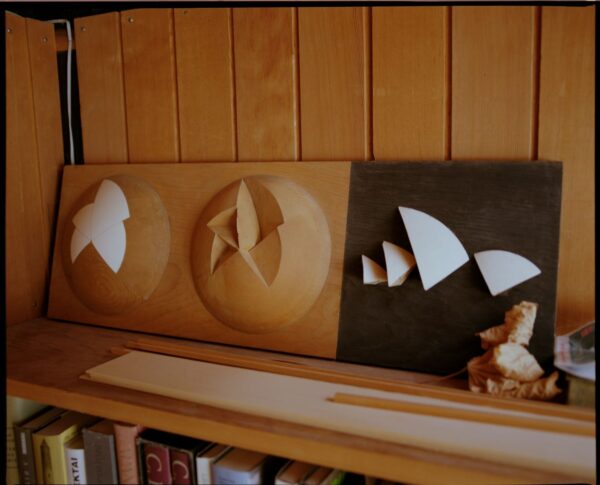
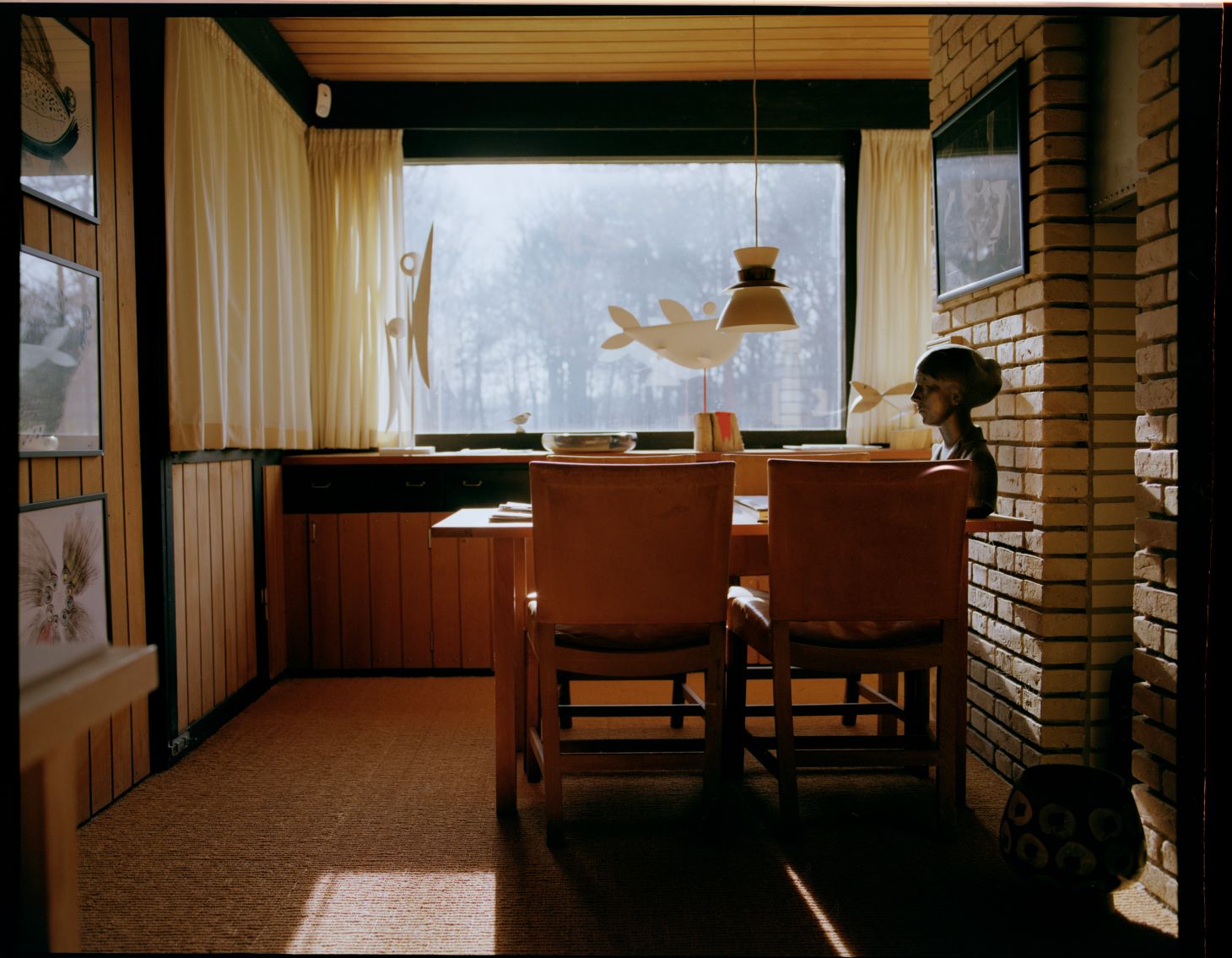
Perhaps Jan’s most personal project began in 2005 when he took over his family home in Hellebæk. After being used as a summer home for nearly 30 years, the house was in need of repair. However, Jan was committed to keeping his father’s original design language intact as much as possible.
Most houses at the time were saddle-roofed with a few little windows, he notes. “My father came along with an open-plan house where everything is in one space, more or less, a core with a kitchen on one side and a fireplace on the other and a bathroom at the end with skylights and nothing else.” There was also a restriction on materials in the 1950s, so “there was a lot that you wouldn’t normally think of using for a home.” For example, huge wooden beams from freighters were cut into slices and used for interior beams. Kitchen materials came from a nearby shipyard.
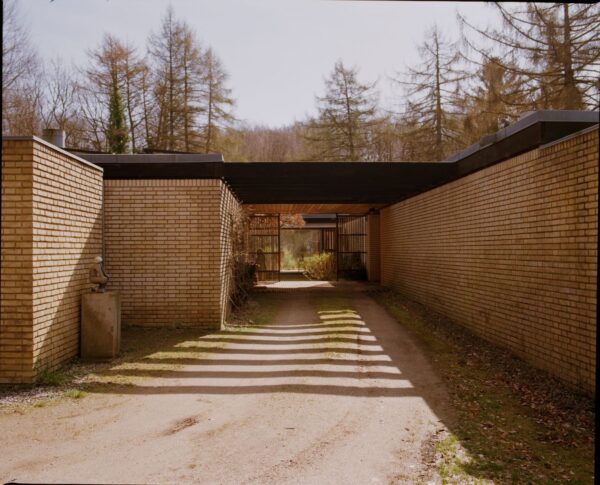
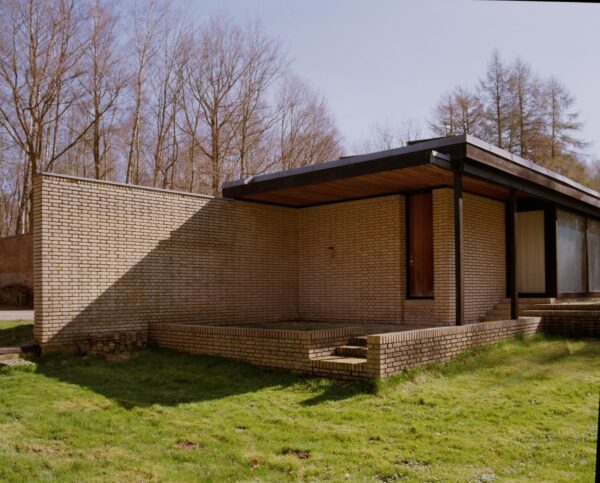
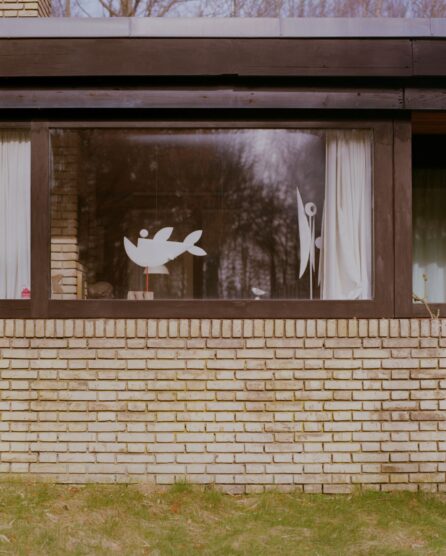
Having now lived in the house and made it his own over the last 20 years, Jan appreciates its natural setting just as much as the architectural design itself. “The way my father placed the house in nature was a bit unusual because who wants to be out here in the middle of nowhere?” he says. “He had met Frank Lloyd Wright, and the American architect, who built Taliesin West in the desert, told him, ‘When you build a house for yourself, find somewhere far away, and when you have found it, then go twice as far as that.’”

